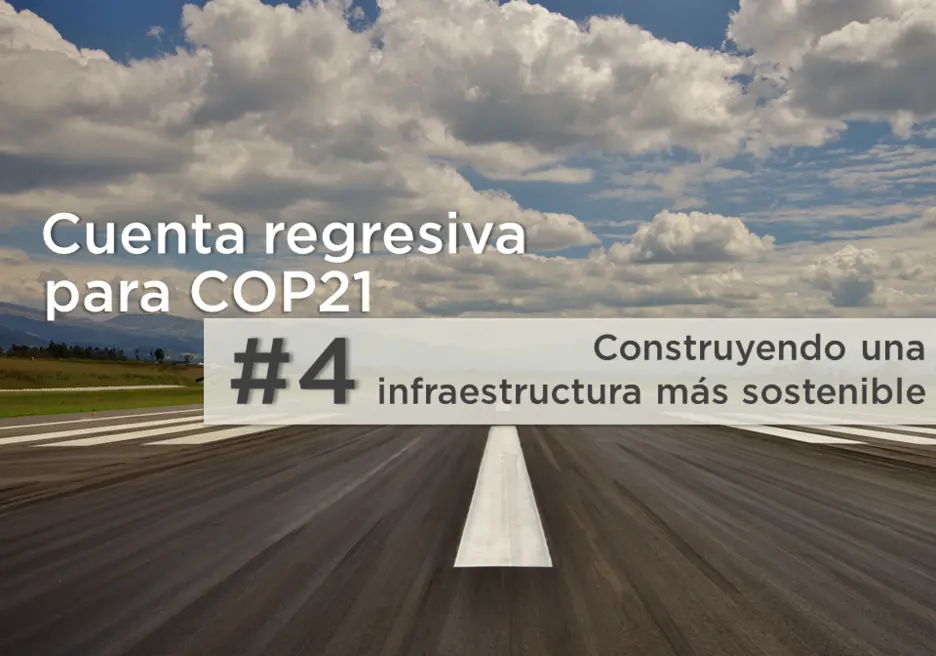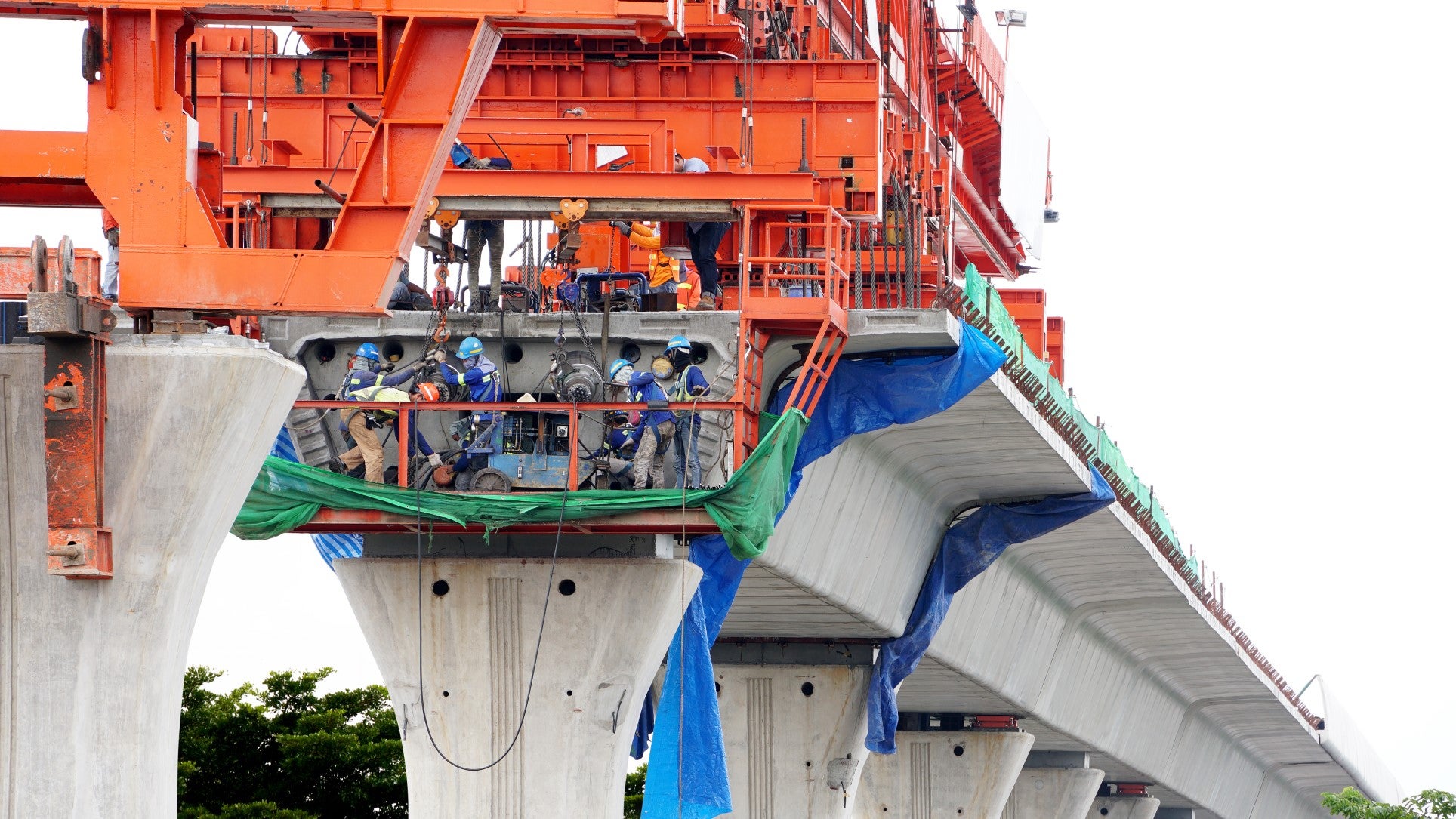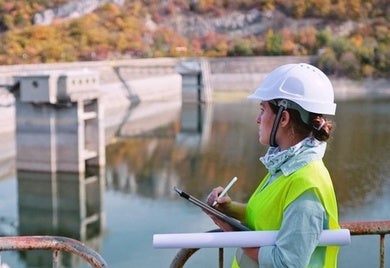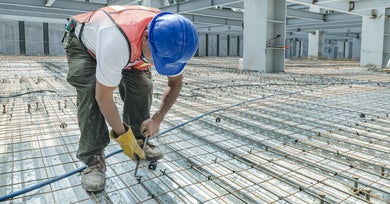Four transportation projects leading in sustainability

In the case of Latin America and the Caribbean, unpredictable, extreme weather events pose a major challenge to the region’s highly vulnerable infrastructure. To cope with and adapt to climate change, companies should mainstream sustainability into infrastructure design, planning, construction, operation and maintenance. In its first three years, the IDB Group Infrastructure 360º Awards have identified transportation projects that are already underway, and that are taking steps towards making the region’s infrastructure more sustainable and resilient to climate change. Four examples leading in sustainability include:
Galapagos Ecolog ical Airport, Ecuador
ical Airport, Ecuador
The Galapagos Ecological Airport is the first in the world powered entirely by solar and wind energy. Located on Baltra Island, Ecuador, the US$35 million project consists of a 7,000 square meter passenger terminal, a 2.4 kilometer runway and a 23,000 square meter platform. More than a third of the airport´s energy demand is generated by photovoltaic panels installed near the passenger terminal. The remaining 65 percent comes from windmills on the site. The airport also features a seawater desalination plant to supply fresh water and treat and reuse water on-site. The new terminal was built with materials recycled from the original building and was designed using the LEED standards of the US Green Building Council. The implementation of these sustainability practices has resulted in a 40 percent reduction of energy and water consumption.
Improvement of Mexico City’s Interior Circuit, Mexico
The Interior Circuit of Mexico City is a 42 kilometer-long inner-city ring road, forming a loop around the central neighborhoods of Mexico’s capital city. With a total cost of US$ 571.5 million, the project seeks to improve traffic flow and enhance connectivity and mobility within the city by improving roads and intersections and building walkways, bridges and tunnels. The project has also created green areas and recreational spaces above underground infrastructure. These vegetated areas reduce the heat island effect, one of the most pressing issues that Mexico City faces related to climate change. Urban heat islands are areas that are significantly warmer than their surroundings due to human activities. This phenomenon exacerbates the effects of global warming and contribute to an increase of energy consumption, air pollution and greenhouse gas emissions. The green walkways, parks and playgrounds built as part of the project not only serve as recreational spaces for the community; they also provide a cooling effect to hard surfaces that tend to absorb a high percentage of solar radiation.
Metro Lima Line 1 connects 11 districts across Peru´s capital city, improving access and mobility and reducing commuting times by almost four times. With a cost of US$ 240 million, the mass transit project has reduced greenhouse gas emissions by up to 80 percent more than what regulations require. The line serves over 320,000 passengers per day, using electrical trains with zero greenhouse gas emissions and negligible air pollution. Metro Lima Line 1 provides a more sustainable alternative to public minibuses, popularly known as combis, which are among the highest polluting and least regulated modes of collective transportation. The line runs through an elevated viaduct, making it more resilient against heavy rain and floods. The project team also implemented erosion control measures such as a silt fence to retain sediment on site during construction and soil moistening to avoid dust proliferation.
Nuevo Necaxa-Ávila Camac ho Highway, Mexico
ho Highway, Mexico
Nuevo Necaxa-Avila Camacho Highway, a US$ 75 million investment, is a 37-kilometer, four-lane highway located in the states of Puebla and Veracruz, Mexico. The project integrated sustainable practices to reduce negative impacts on local communities and the environment such as improvement of roads and water drainage systems, slope re-vegetation programs, hillside stabilization schemes and retaining walls. To build the walls, the project used man-made materials that are more flexible and durable than traditional concrete and steel walls, and are able to withstand more movement, including seismic shifting, without losing structural soundness. The project team also built a retention wall to protect a local village from floods and organized training workshops for surrounding communities on how to fight wildfires, a hazard that has increased in frequency and severity as a result of climate change.
Learn more about the IDB Group Infrastructure 360º Awards here.
LIKE WHAT YOU JUST READ?
Subscribe to our mailing list to stay informed on the latest IDB Invest news, blog posts, upcoming events, and to learn more about specific areas of interest.
Subscribe



